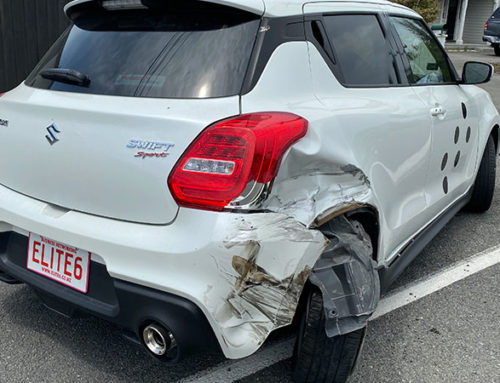
I’m a dealer and I focus on money, not aesthetics. Once an item incurs any damage, it is only worth a fraction of it’s original value unless it is exceptionally rare.
Many repairers take a long, long time to repair items. There have been stories of items sitting in repairers garages for literally years.
The variance between repairers is huge as well. Whilst I have only met two repairers ever, I have seen a lot of repaired china in particular. The common method appears to involve cleaning and covering the damage, painting, and over-spraying with a synthetic compound. I have never seen a repair I could not spot but then, would I spot it if it were very good? Hmm. Maybe, maybe not.
The simplest way to spot most repairs is just looking. You can see the tell-tale tiny dots left around the edges of the over-spray. As glaze is essentially glass, and cold to the touch, most repaired pieces feel different. They are not cold, sometimes even warm, and feel softer. Occasionally you get items over-sprayed and the back stamp will have been scraped to expose it. In these cases there is a small ridge around the back stamp – dead give away! There may be a slight variation in the colour. This is especially visible on gold items where the original gold would have been shiny yet the repair is slightly matte. I’ve seen this quite a bit on Royal Worcester hand-painted items. Other ways to tell are the use of black (ultra-violet) lights though this can be tricky to tell and takes an expert eye. Repaired items often ring flat but crazing can do that too so keep an open mind.
Whatever the quality of repair, just wait till you put it into warm water to wash it. On more than one occasion I have returned to the sink to see clumps of synthetic material and paint floating on the surface and the item sometimes dis-integrated into its broken pieces.
Repaired or not, the general rule of thumb is a repaired item is worth only slightly more than a non-repaired item – it’s still broken! It will definitely display well however and if treated carefully may give pleasure on display for many, many years.







Leave A Comment